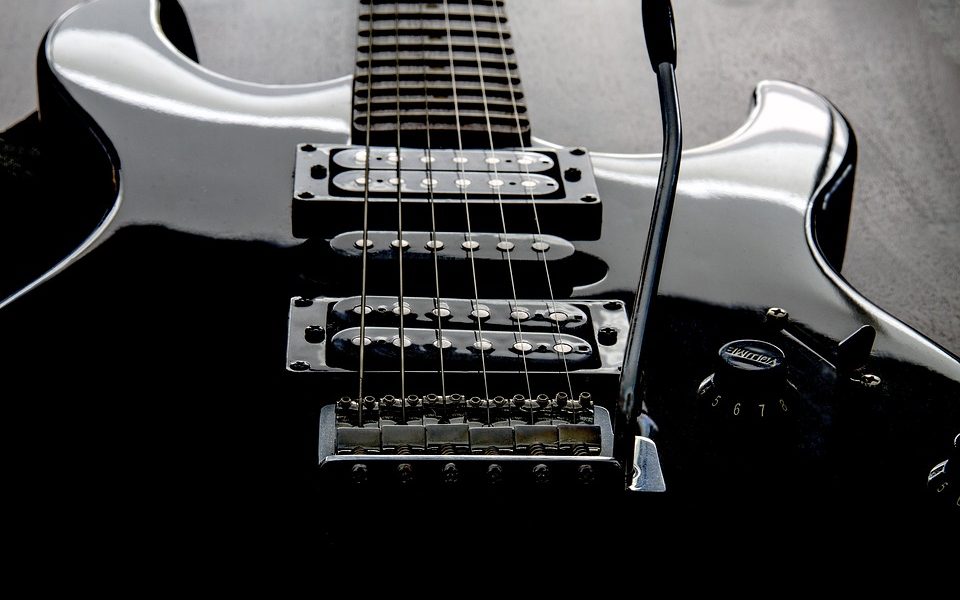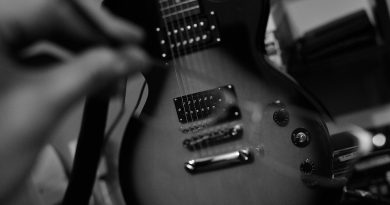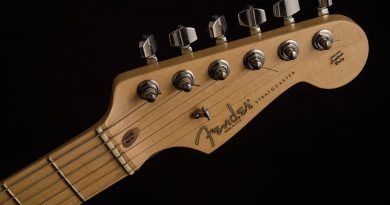Master Fingerstyle Techniques with This Beginner’s Guide to Guitar
Master Fingerstyle Techniques with This Beginner’s Guide to Guitar
Playing the guitar is a rewarding and fulfilling experience, but mastering fingerstyle techniques can take your playing to the next level. Fingerstyle guitar involves picking the strings with your fingers rather than a pick, allowing for greater control and versatility in your playing. Whether you’re a beginner looking to learn the basics or an experienced player looking to improve your technique, this guide will help you master fingerstyle techniques and become a proficient fingerstyle guitarist.
Understanding Fingerstyle Technique
Fingerstyle technique involves using your fingers to pluck the strings of the guitar, rather than strumming with a pick. This allows for greater precision and control over the notes you play, as well as the ability to play more complex and intricate patterns. The most common fingers used in fingerstyle playing are the thumb, index, middle, and ring fingers, each assigned to a specific set of strings.
Thumb: The thumb is typically used to pluck the bass strings (E, A, and sometimes D strings), providing a solid foundation for your playing.
Index Finger: The index finger is used to pluck the G string.
Middle Finger: The middle finger is used to pluck the B string.
Ring Finger: The ring finger is used to pluck the high E string.
By mastering the coordination of these fingers, you can create rich, melodic arrangements that are both expressive and dynamic.
Building Finger Strength and Dexterity
One of the key elements of mastering fingerstyle techniques is building finger strength and dexterity. Like any physical skill, playing guitar requires practice and repetition to develop muscle memory and control. Here are some exercises to help improve your finger strength and dexterity:
Finger Independence: Practice exercises that focus on each finger individually, such as playing scales or patterns that require you to use only one finger at a time. This will help build strength and independence in each finger.
Finger Stretching: Stretch your fingers and hands regularly to improve flexibility and reach. Simple stretching exercises like opening and closing your hand or stretching your fingers apart can help prevent cramping and improve your playing.
Fingerpicking Patterns: Practice common fingerpicking patterns like Travis picking or arpeggios to improve your finger coordination and control. Start slowly and gradually increase the tempo as you become more comfortable with the patterns.
Playing Techniques
Once you’ve built up your finger strength and dexterity, it’s time to focus on mastering some common fingerstyle techniques. Here are a few techniques to get you started:
Thumb-Index Roll: This technique involves alternating between the thumb and index fingers to create a rolling motion on the strings. Practice playing simple patterns like “p-i-p-i” to get comfortable with this technique.
Fingerpicking Patterns: Experiment with different fingerpicking patterns to create unique and intricate arrangements. Try incorporating techniques like hammer-ons, pull-offs, and slides into your playing for added flair.
Thumb Slap: Use your thumb to slap the strings for percussive effect, adding rhythm and dynamics to your playing. Experiment with different rhythms and accents to create a dynamic sound.
Finger barring: Try using one finger to bar multiple strings at once, creating a fuller and richer sound. Practice playing chords using finger barring to add depth to your arrangements.
Putting It All Together
As you continue to practice and refine your fingerstyle techniques, it’s important to remember that mastering fingerstyle guitar takes time and dedication. Be patient with yourself and practice regularly to see improvement in your playing. Experiment with different styles, techniques, and patterns to develop your own unique fingerstyle sound.
In conclusion, mastering fingerstyle techniques is a rewarding journey that can elevate your guitar playing to new heights. By focusing on building finger strength and dexterity, mastering common fingerstyle techniques, and experimenting with different playing styles, you can become a proficient fingerstyle guitarist. So grab your guitar, practice regularly, and let your fingers do the talking!






